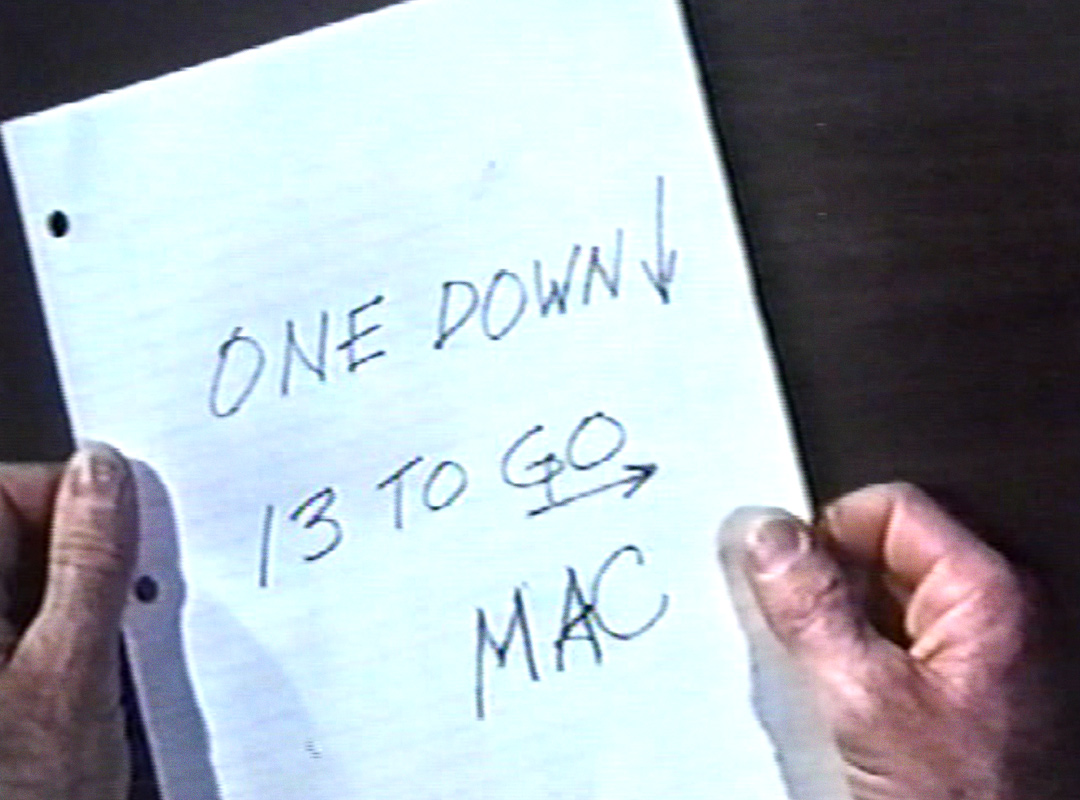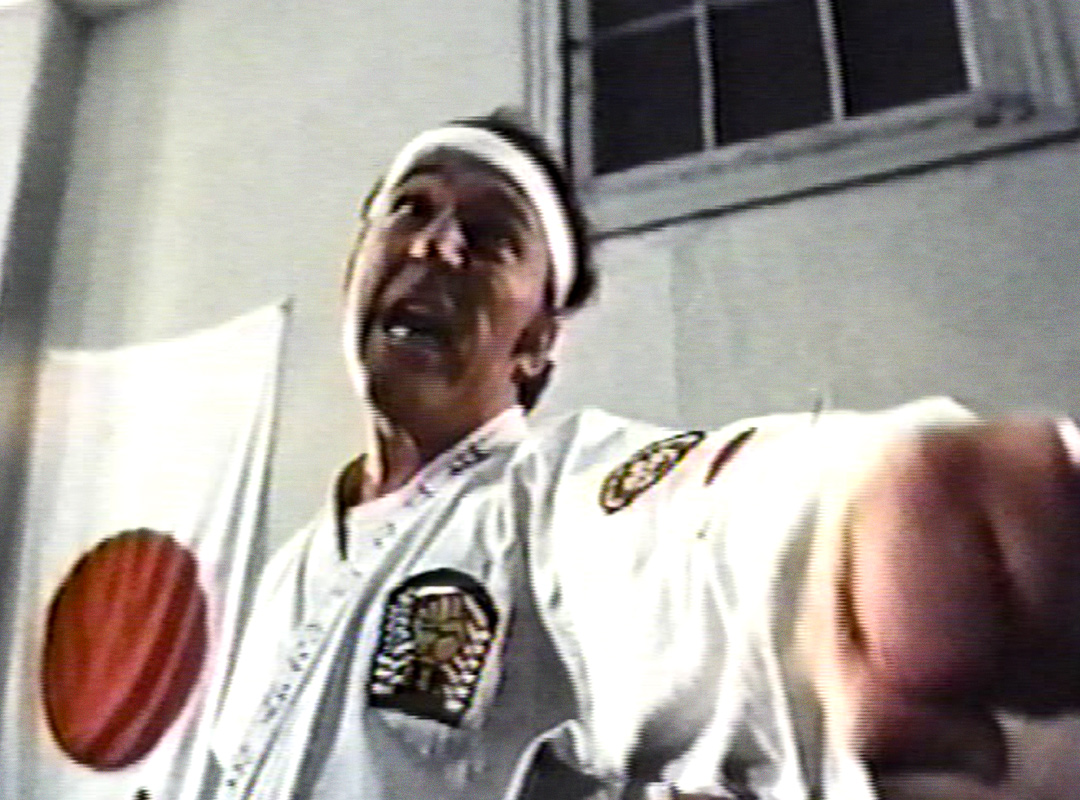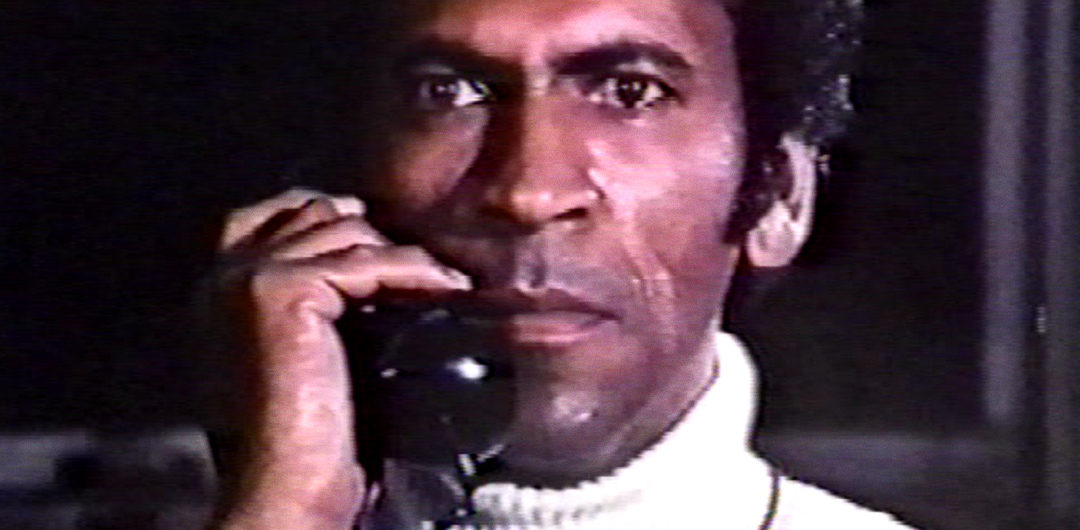A ruthless killer has slashed a young lady and wrapped her bloody body in a sheet. He leaves behind a note:
“One down 13 to go. -Mac”
Now a promise has been made—a promise that there will be 13 more killings, maybe more. This is a very good promise. When I was in fourth grade, my father promised that if I got straight As, then he’d quit smoking. Not only did I bring home a perfect report card, but I also got a citizenship award (Nerd alert!). But, my father continued to smoke. My point is that my dad is a bag of dicks and I clearly haven’t gotten over that yet.
Quickly we meet all the classic characters we’ve come to love from exploitation: a hot-headed chief under pressure from the city, a maverick black detective who radiates style and cool, and his dopey white partner who asks if there’s time to get a slice of pie (the answer is no). In this case, the cool black detective is Lt. Frank Savage, played by Austin Stoker (Abby, Assault on Precinct 13). Since he can’t crack the case tonight—and to be fair, he’ll have 13 more chances to catch the killer, so what’s the rush—he’s just going to go home and “get laid.” And he does. This involves candles and a heavy make-out sesh with his girl.
Soon the killer waits outside a Bed Barn, which is—spoiler alert—not a barn. A family of five piles into a station wagon. The car explodes. Everyone, including three kids, is burnt to a crisp. I always appreciate when children die at the hands of a murderer. Women always, always die, so it’s nice to mix things up a bit. Why should children be spared in films? No mercy. This is exploitation.
The murderer leaves another note next to the singed station wagon. “Two down, 11 to go.” What’s confusing is that there were five people in the car. Math is hard (for other people, but not me. I got straight As.).
Savage pounds the pavement looking for clues, shaking down pimps along the way. He goes to a convenience store that only sells records, porn, and soda. It is the least convenient store in Louisville, unless, that is, you need records, porn, or soda. Savage grills the shopkeeper for leads, and on his way out, he takes a bunch of girly mags. The lady charges him $5, which is absurdly overpriced, especially in 1974. Savage looks at her and nods. “Charge it to the pussy posse.” It’s a line you can try when you’re checking out at Target. Give it a whirl.
Soon a cleaning lady gets pushed down the stairs, a farmer gets a hammer to his head, and a nurse gets slashed with a scalpel. The bodies are piling up, with one more body to go—Savage’s girl.
Panic City is a certifiable hit, and one of the many things I love about this film is its consistently relaxed tone. Everything is laid back and confident; there’s no sense of rush or claustrophobia or an overwhelming feeling of dread. Despite the title, there’s no feeling of panic. There’s just even-tempered control and unbelievably chill badassery. Even in the most stressful moments when the stakes are highest, the movie retains its relaxed sense of cool. Savage barely breaks a sweat; he makes crime-fighting effortless. What’s more impressive is that the film reaches its gold-level status without relying on a lot of gore or violence. Most of the kill scenes happen off screen or are incredibly tame. There’s not a lot of menace. Here we have an exploitation film with an exploitive premise, but with few exploitive scenes. So, the point of the film is not in the violence; it’s something much deeper.
This film was loosely—very, very loosely—based off the zebra murders in San Francisco, when some black, death-hungry psychopaths murdered at least 16 people, mostly white. Panic City has a lot to say about race and crime, and there are plenty of discussions in the movie that feel relevant today. And while other blaxploitation films explore these themes, Panic City takes it many, many steps further, to the point where the film’s message becomes muddled. It’s unclear what William Girdler is trying to say, but it probably doesn’t matter. This is one of those singular films that would never be made today, and you’ll never see a remake. As it stands, it’s a fantastic piece of filmmaking from a man whose career was cut entirely too short.
Also, if you’re looking for a murderer named Mac, look for him in a building with a sign that says “Mack.”






